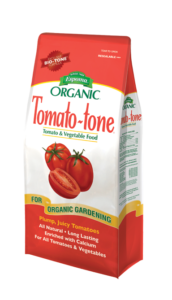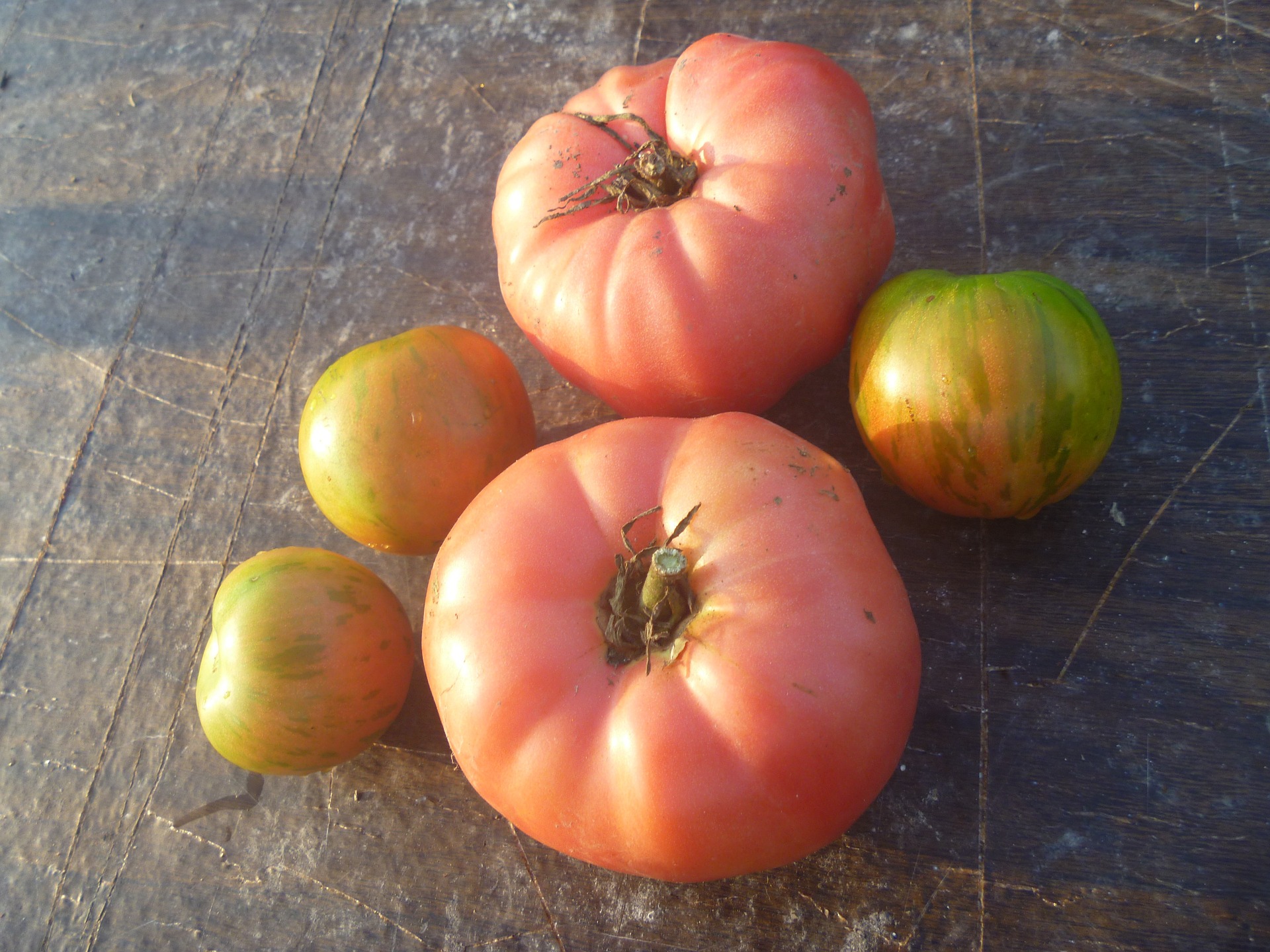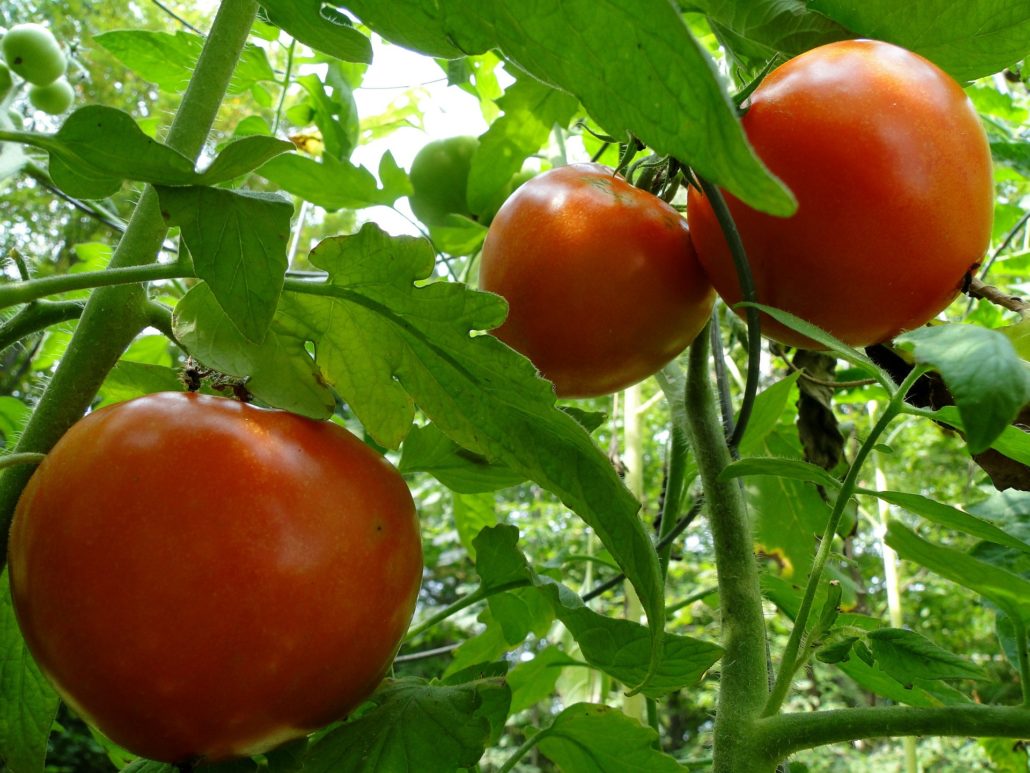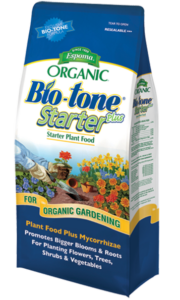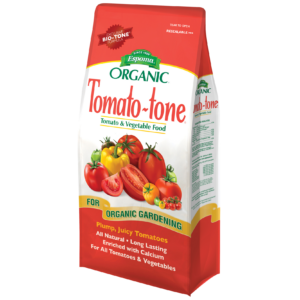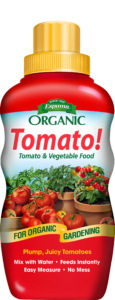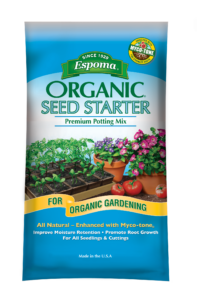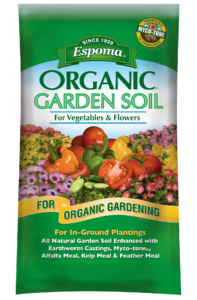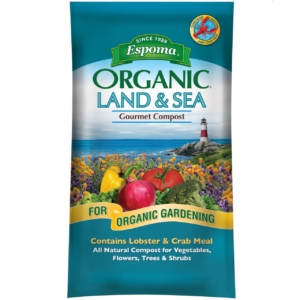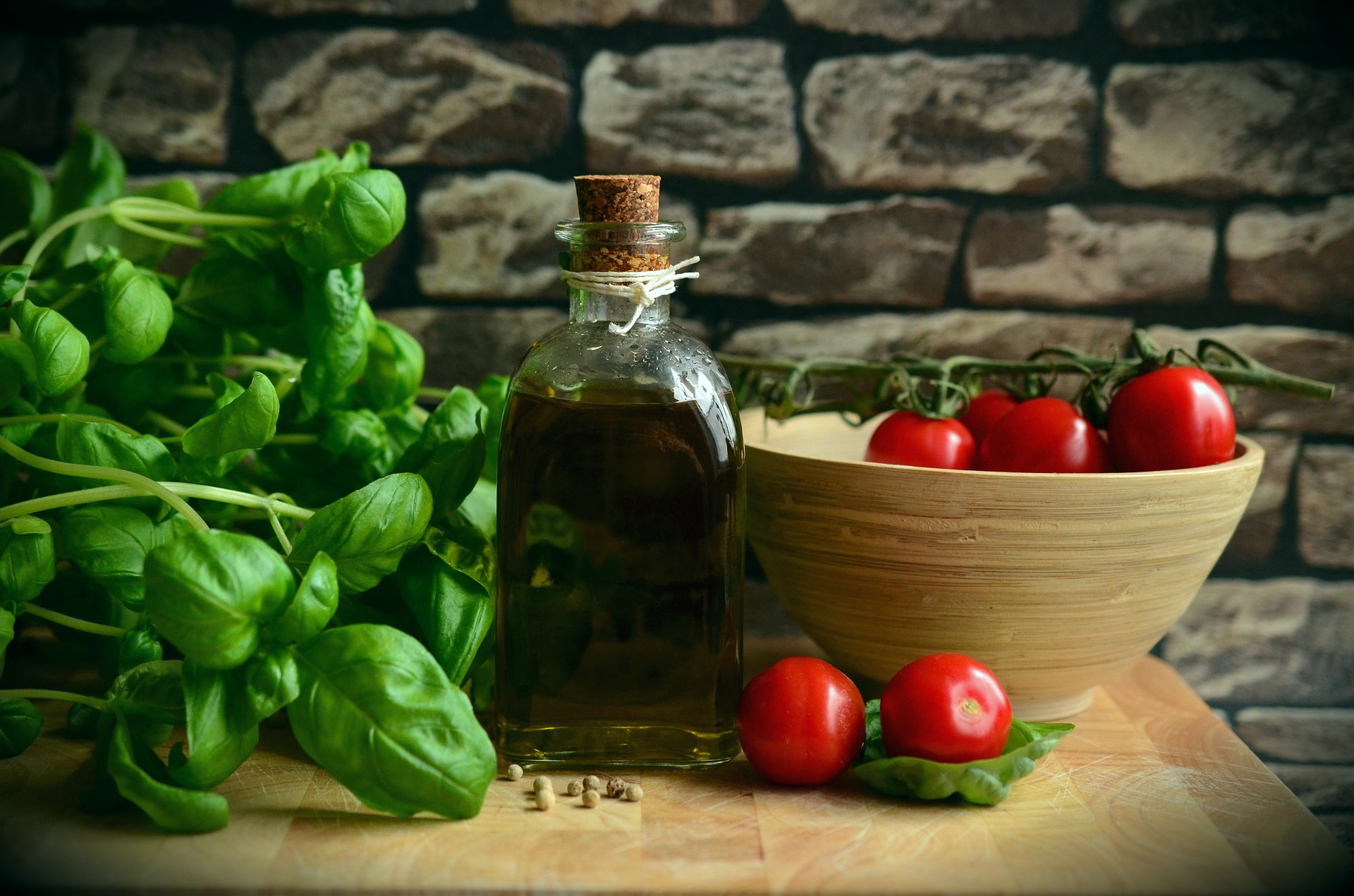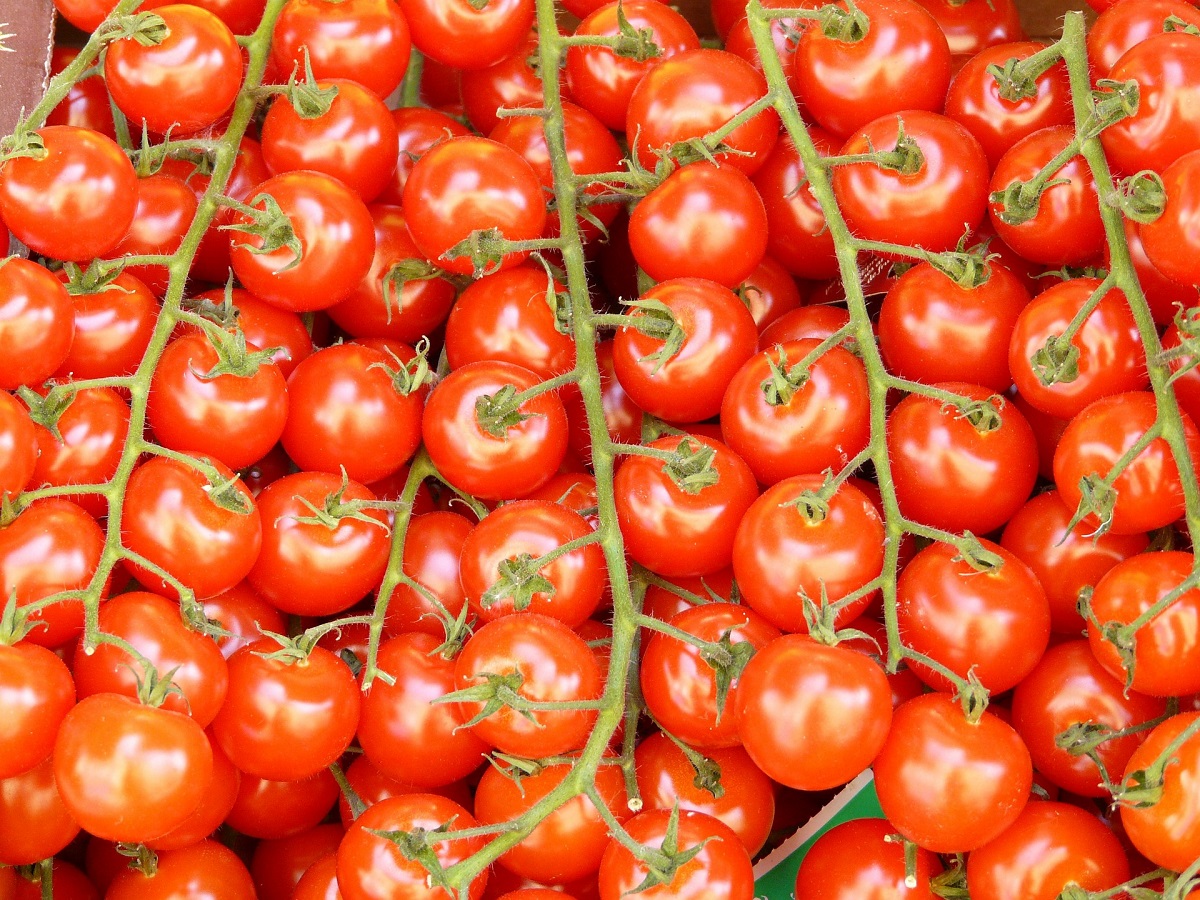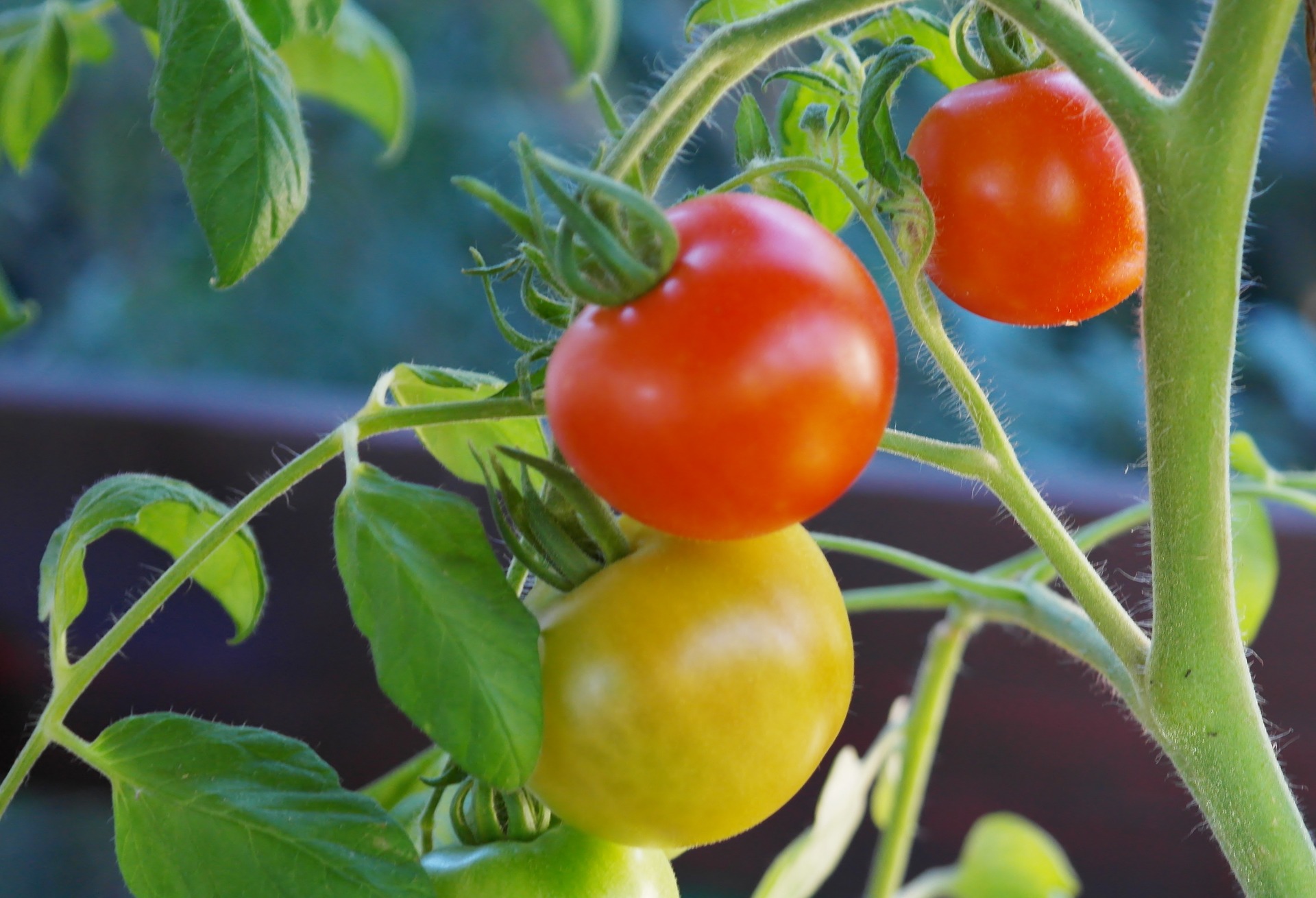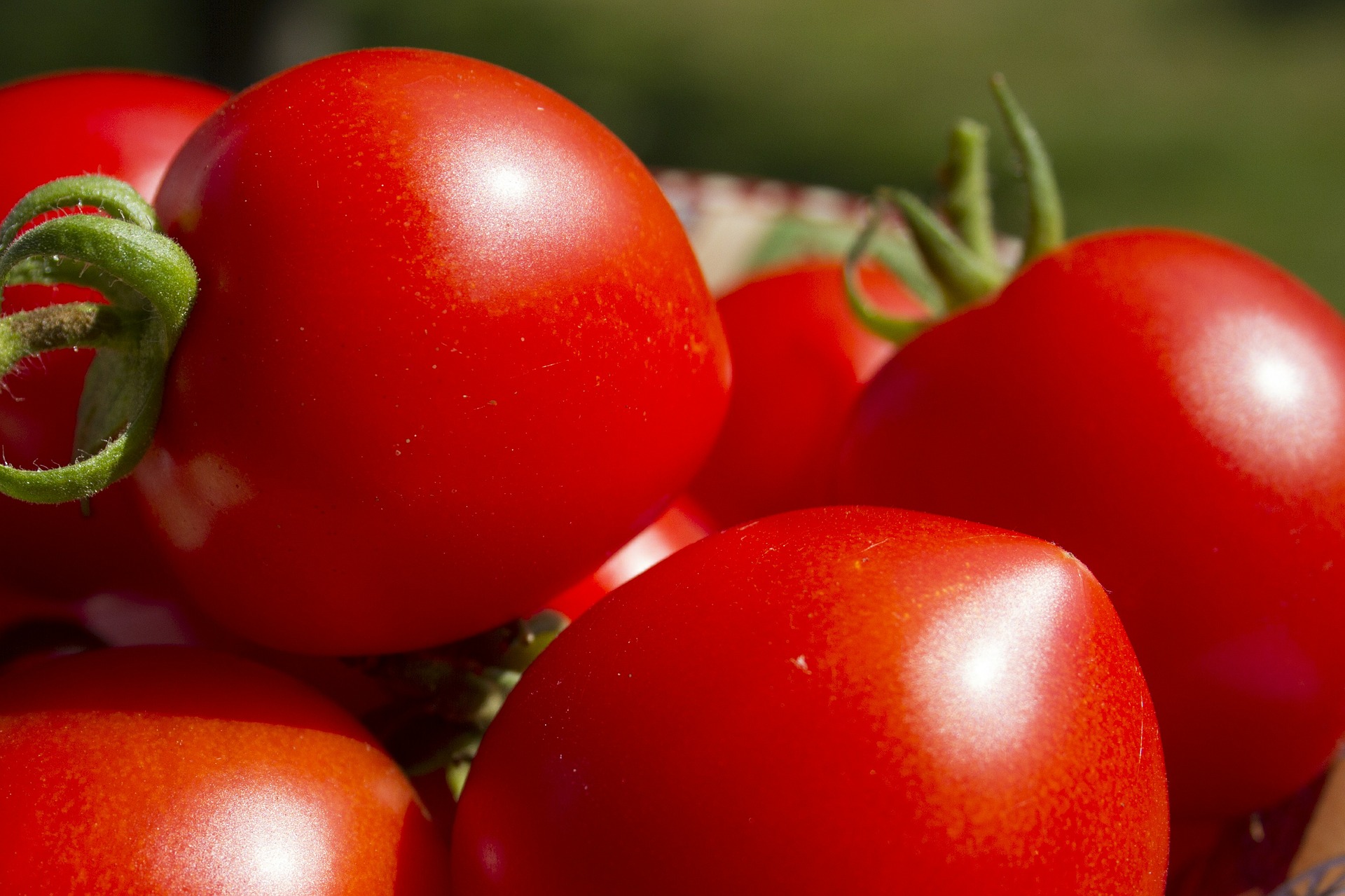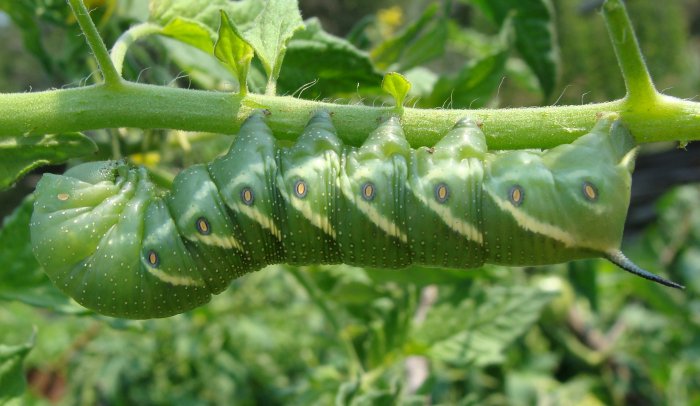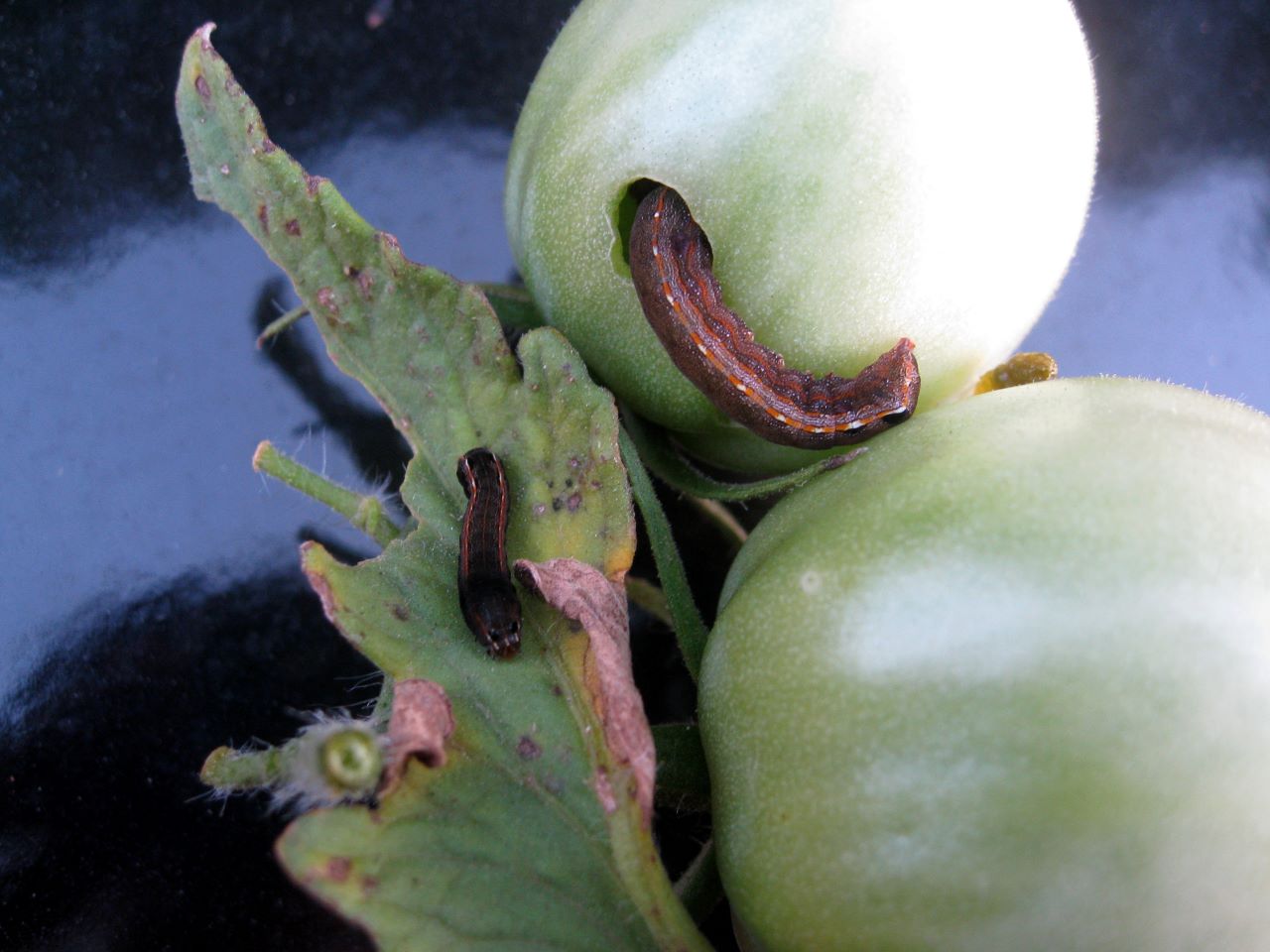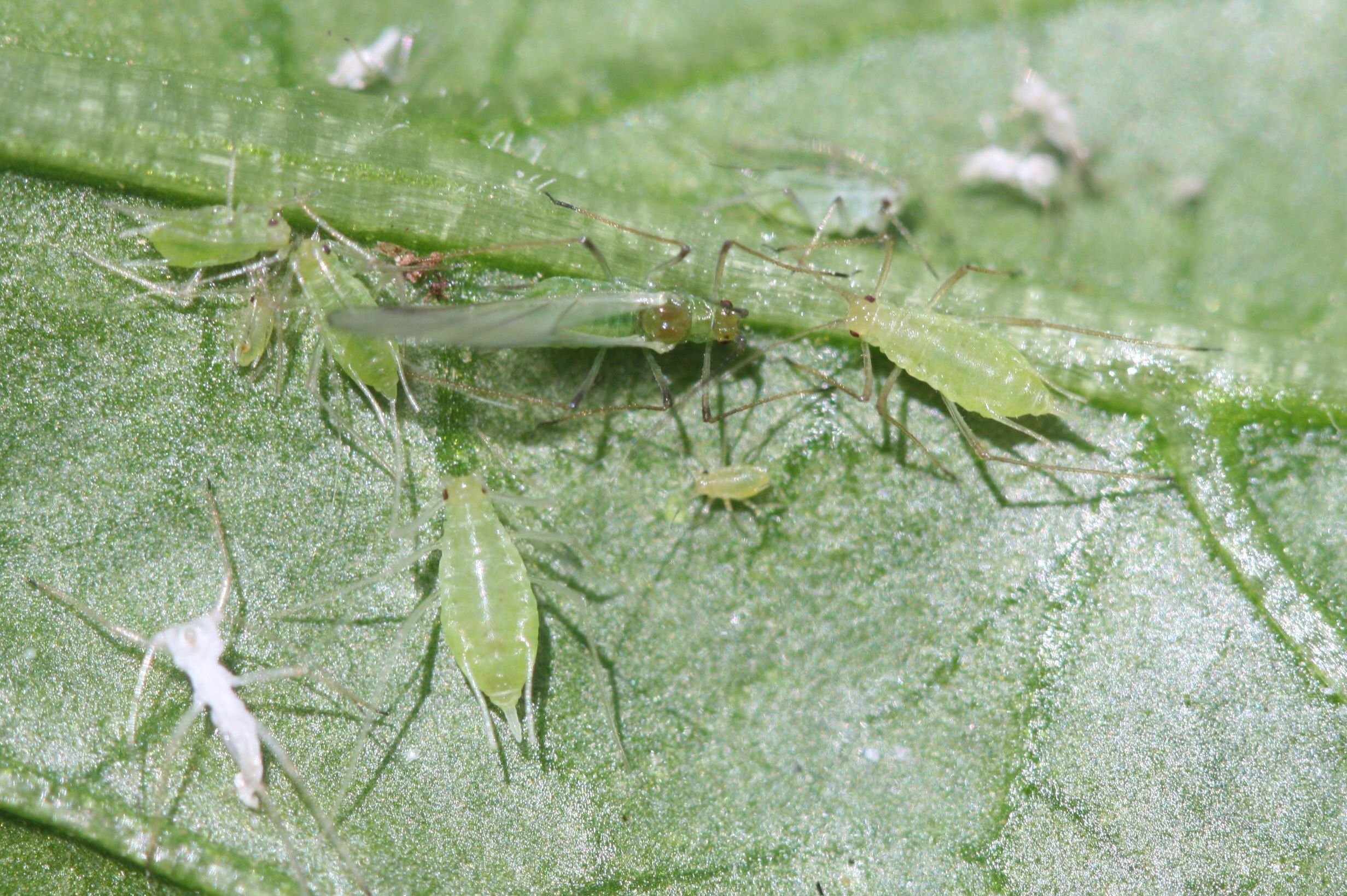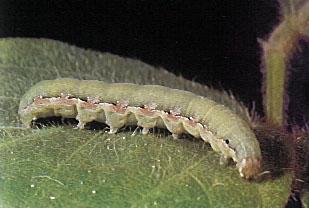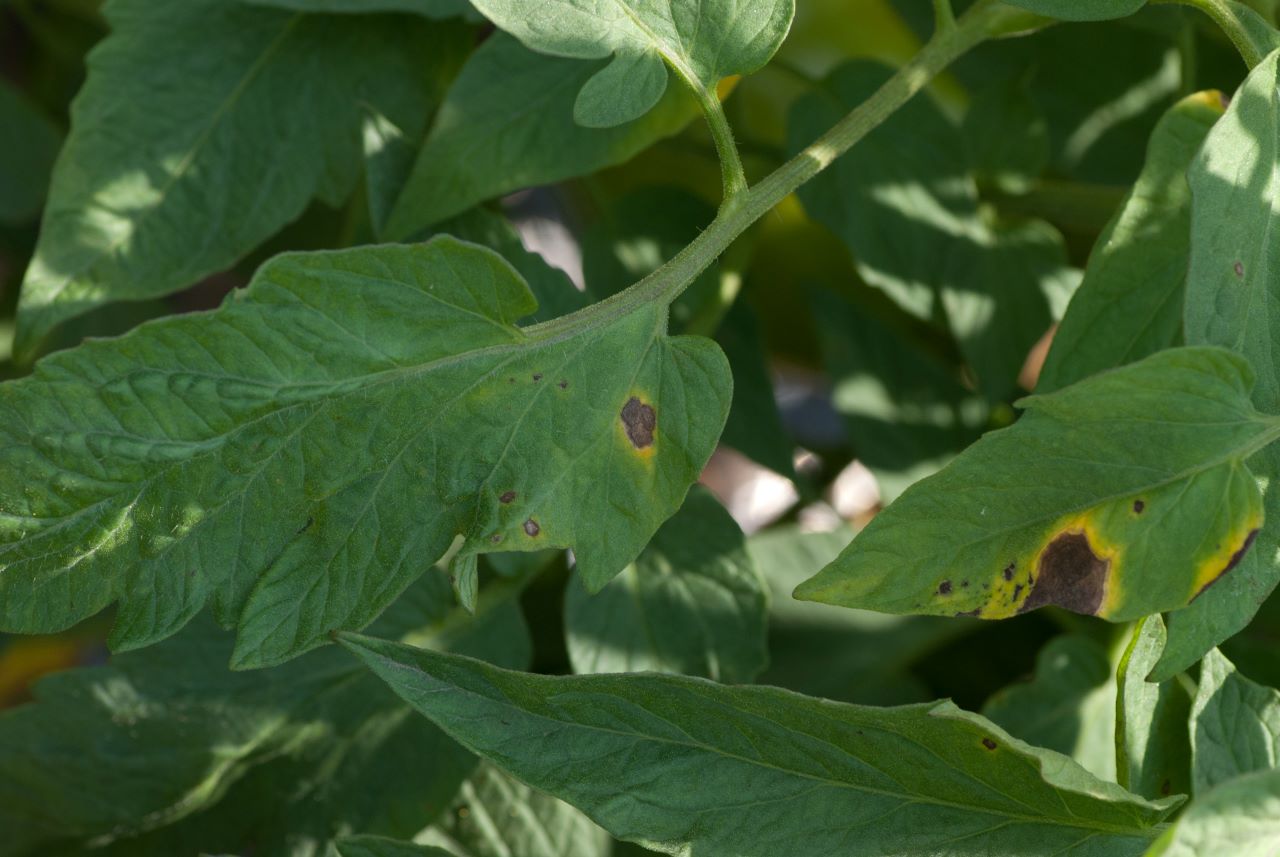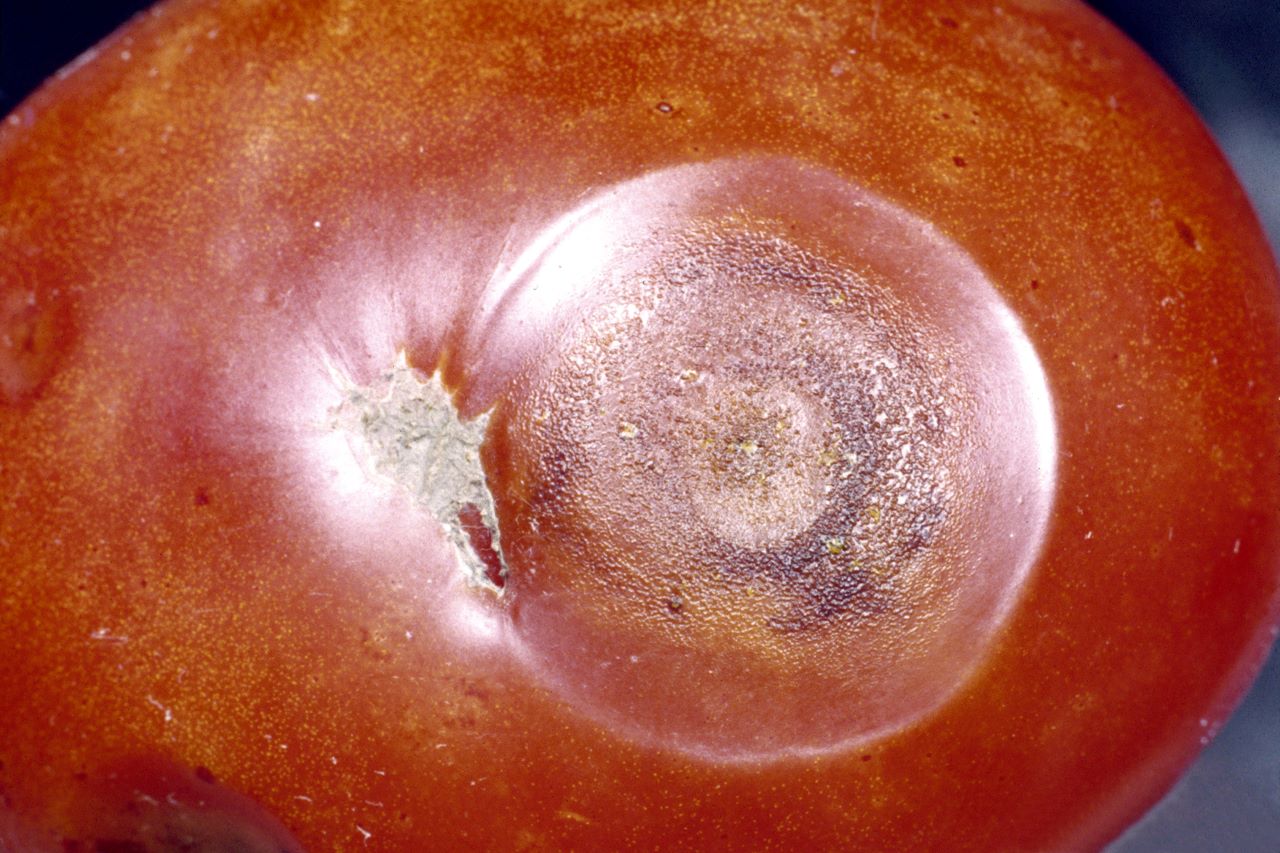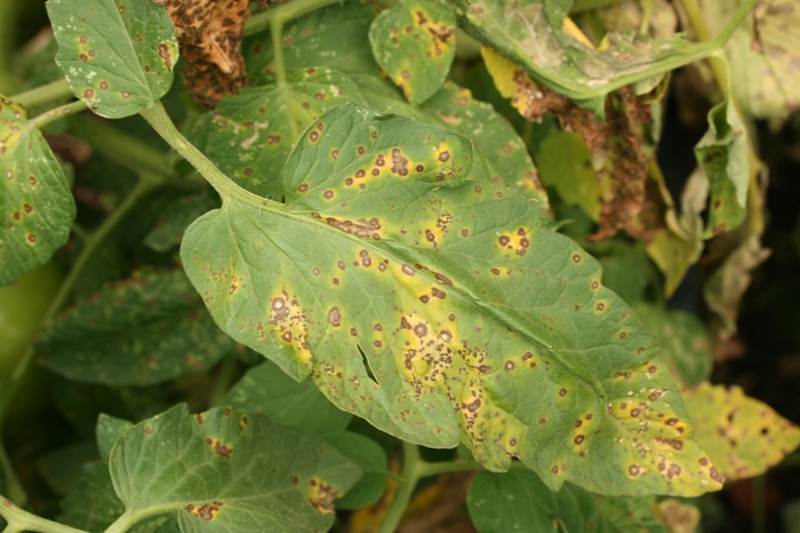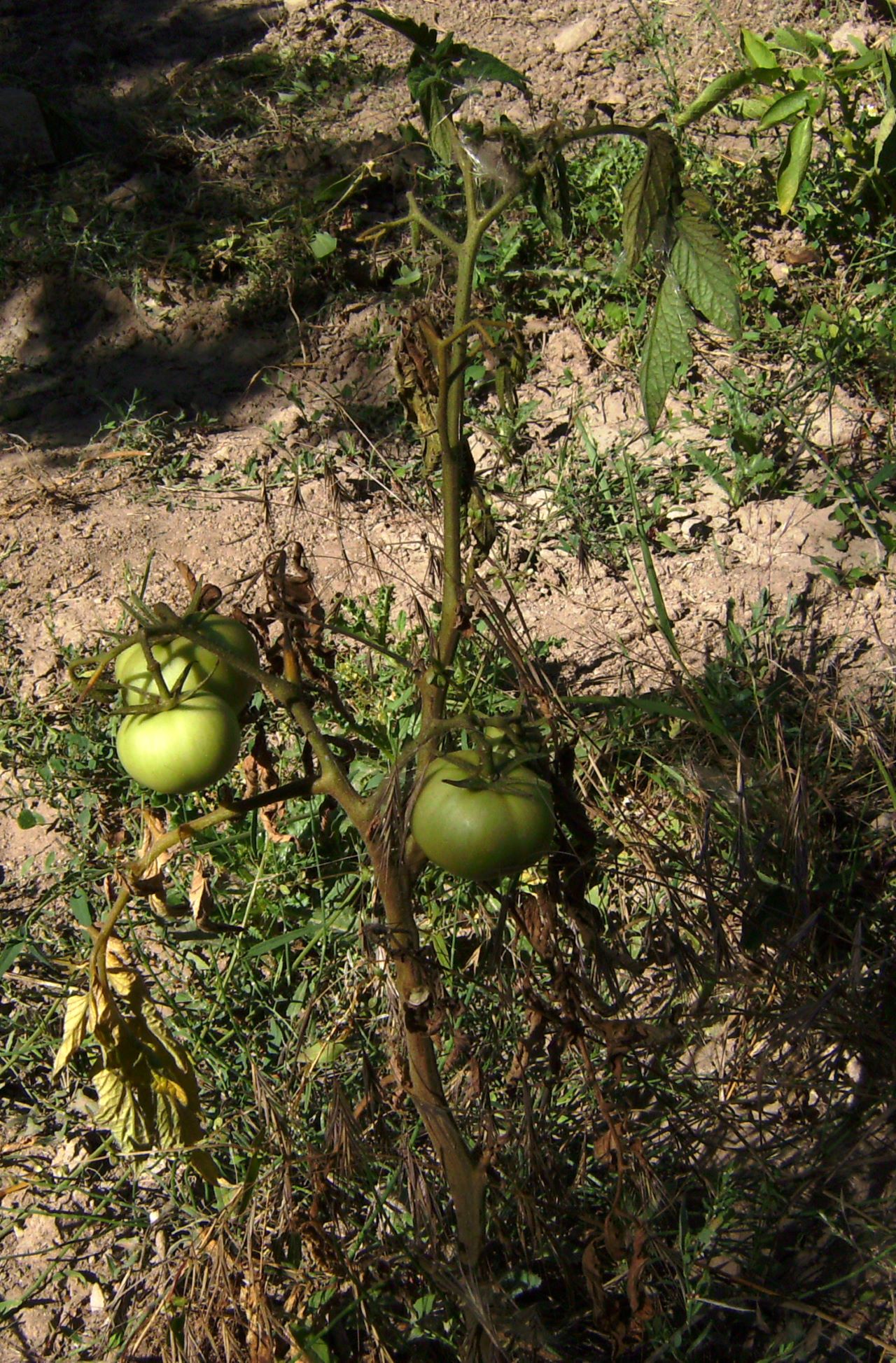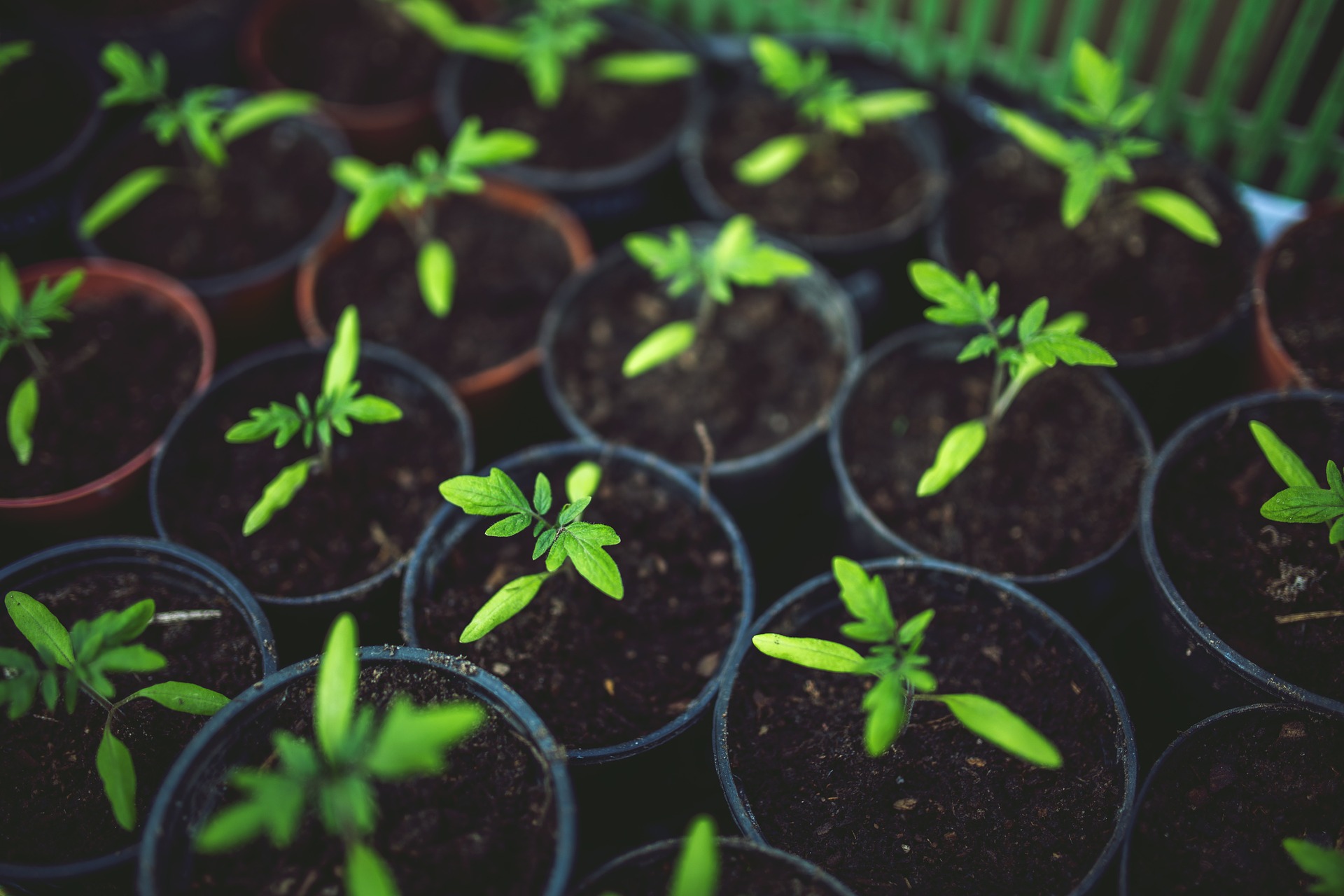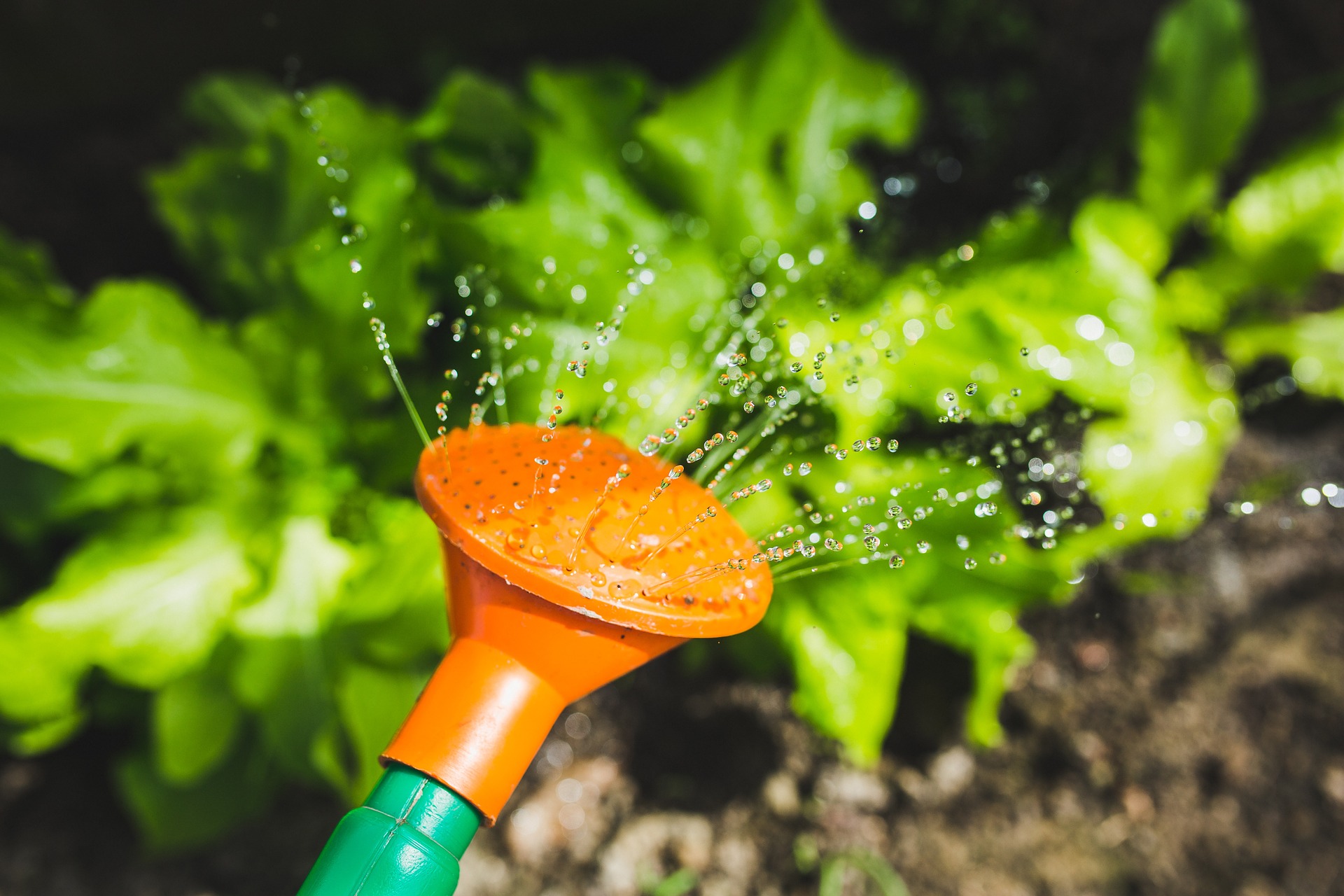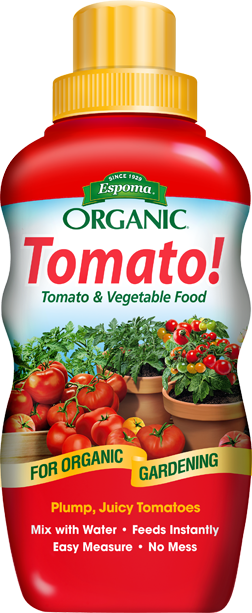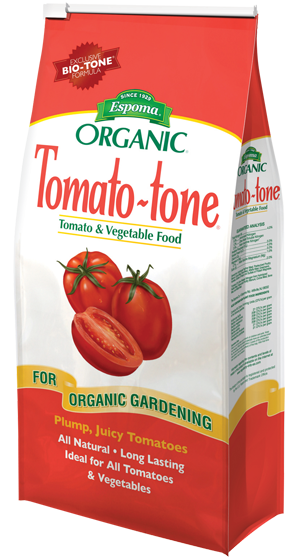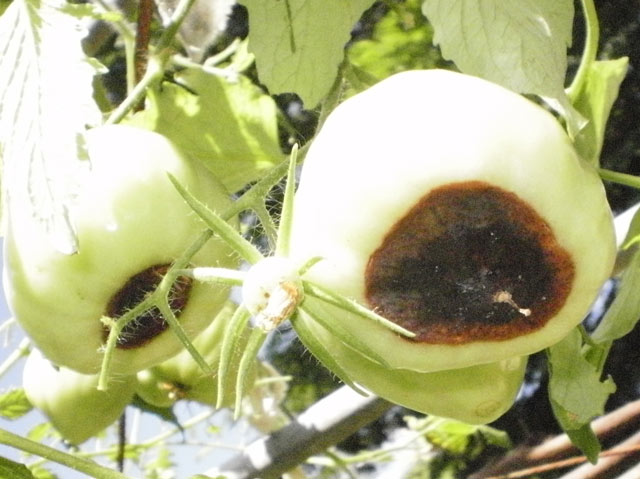6 Secrets for Growing the Tastiest Tomatoes
A good tomato is hard to forget. You know you’ve hit the jackpot in that first, juicy bite.
Every tomato has the potential to be great and some extra attention now will pay off big time come harvest. Set the stage for a stellar performance by this year’s crops with these tips.

Every tomato has the potential to be great and some extra attention now will pay off big time come harvest. Set the stage for a stellar performance by this year’s crops with these tips.
How to Get The Best Tomatoes:
- Healthy soil, healthy plants. Enrich soil with Tomato-tone and compost every other week to keep plants supplied with essential nutrients.
- Remove damaged plants. Remove any fruit that shows dark patches on their bottom. These leathery patches, known as blossom end rot, cannot be reversed.
- Water well. During hot weather, tomato plants need deep waterings. Tomatoes are also less likely to crack when the soil is kept slightly moist.
- Cover the soil. Mulch blocks weeds, saves water and protects your fruit. Adding it is a no-brainer! Spread a 2-3” layer of organic mulch around plants, leaving 2” of room around the stem so water can reach the roots.
- Protect plants from heat. Hot sun can cause sunscald, leaving tomatoes with pale, leathery patches on the fruits that pucker when they should be ripening. Bushy plants with lots of leaves naturally shade fruit from sun, however, plants with less leaves are more vulnerable. Cover plants with lightweight cloth covers through the first few heat waves.
- Remove tomato suckers. These small shoots sprout out from where the stem and the branch of a tomato plant meet. Though harmless, tomato suckers do drain energy away from the main stems.
Pick tomatoes when you’re ready for them, avoid letting them get soft and mushy. Tomatoes picked at the breaker stage, when they first show signs of changing color, are considered vine-ripened. These tomatoes will continue to ripen off the vine and on your kitchen counter. Plus, tomatoes picked at the breaking stage can still have the same flavor as one that has fully ripened on the vine.
Whatever you do, just don’t put tomatoes in the fridge to ripen.
Want to know more? Check out our tomato growing guide for all the details on getting your best tomato harvest yet!

